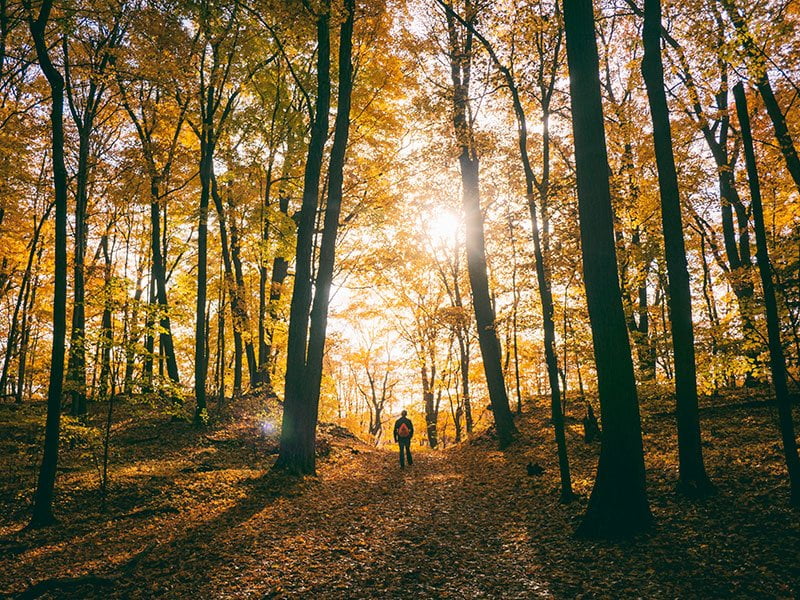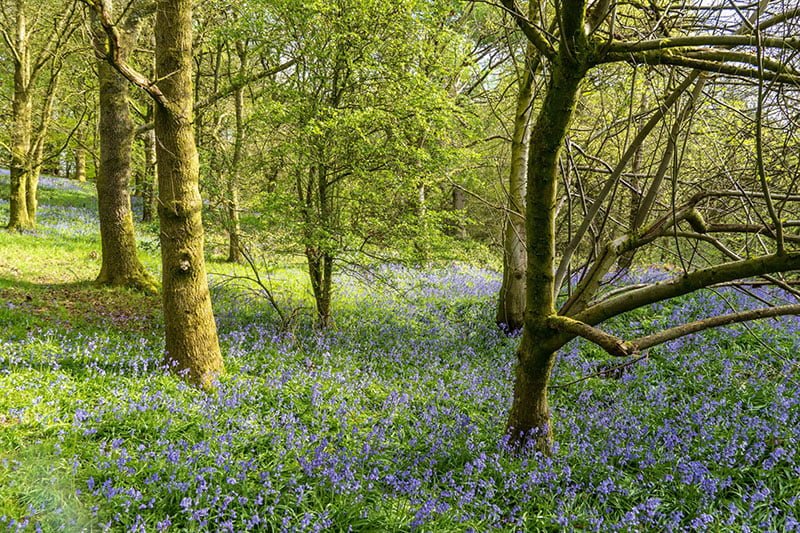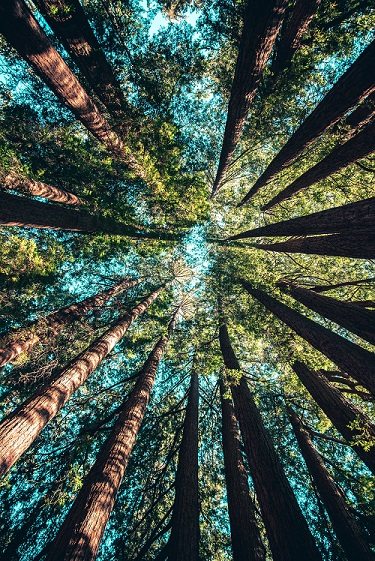International Day of Forests
On Spring Equinox weekend, we celebrate International Day of Forests!

Traditionally this is a day to remember the balance of light and dark and the movement out of winter into Spring. After the year we have all experienced, there is hope and the promise of new life in the forest.
On International Day of Forests today, I am walking in the community woodland I co-chair in East Sussex (Laughton Greenwood), I enjoy the signs of spring – primroses, larch tree flowers, tree buds of the wild service trees, goat willow and silver birch on the verge of opening, and the blue bells leaves emerging from under the blanket of the autumn and winter leaves. Glad we made it. I have a friend who once reminded me that I may only see this sight for 30 more times (if I make it to 80 years old).

In this unusual year, I am acutely aware that where I put my attention is extremely valuable. I know that I don’t want to miss the simple yet irreplaceable beauty of the forests, the sunsets, the flowers and the priceless non-human artistry around us.
“Natural treasures, in roots, wood and leaves, for beauty, for use, the air that we breathe. Imagine: a wood begins with one small seed. We’re stronger together – people and trees.” Harriet Fraser, 2017
We need to be able to spend time in places with trees, to experience first hand the direct benefits of ‘being’ in these restorative spaces. It’s necessary to take time away from our screens and our thinking minds, and allow space for a realisation or a new perspective.
A popular new idea in this part of the world is Forest Bathing, soaking up the health benefits of the forest, widely researched in Japan and beyond.
As a nature practitioner of over 30 years the ‘therapeutic activities’ we introduce during all our work – be that in Away Days, Forest School Training, our CPD’s all combine this wonderful mix of personal development and experiential nature connection drawing on ‘invitations’ that are creative, sensory, focus our attention, are mindful, playful and feel good.

Trees really are extraordinary! Apart from their gifts of medicines, timber, climbing and homes to insects, birds and mammals – they have this unusual ability to regrow when cut down. Our ancestors learned to work with the trees to both increase the diversity of the forests and woods, applying a woodland management technique of coppicing and pollarding. These regenerative techniques support human and non-human life. Our forests need both celebrating and protecting. The Japanese have an ancient technique of producing wood for 700 years without cutting down trees – the daisugi technique from the 14th century.
Here the technique allows for the caretaking of future generations of both plants and humans. What is exciting for me is that we do have the ability and opportunity to work with nature. We can learn to mimic it’s majesty, intelligence, diversity and create a regenerative path to recovery and well-being for all.
Marina Robb, Director of Circle of Life Rediscovery and The Outdoor Teacher
Circle of Life Rediscovery provides exciting and highly beneficial nature-centred learning and therapeutic experiences for young people, adults, and families in Sussex woodlands, along with innovative continuing professional development for the health, well being and teaching professionals who are supporting them.

